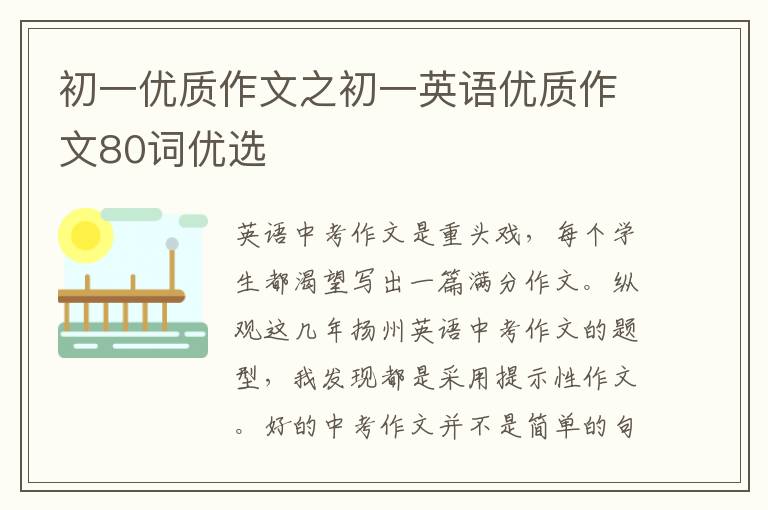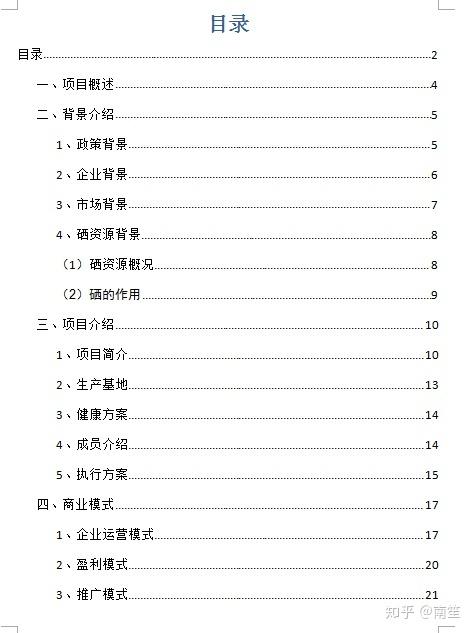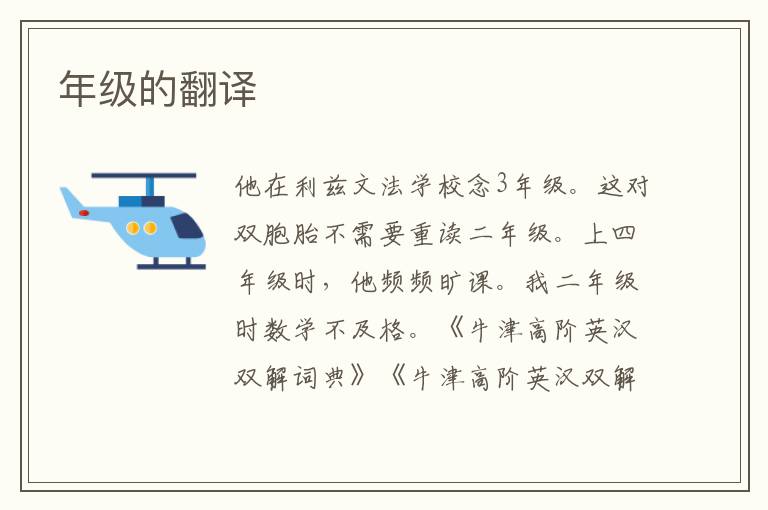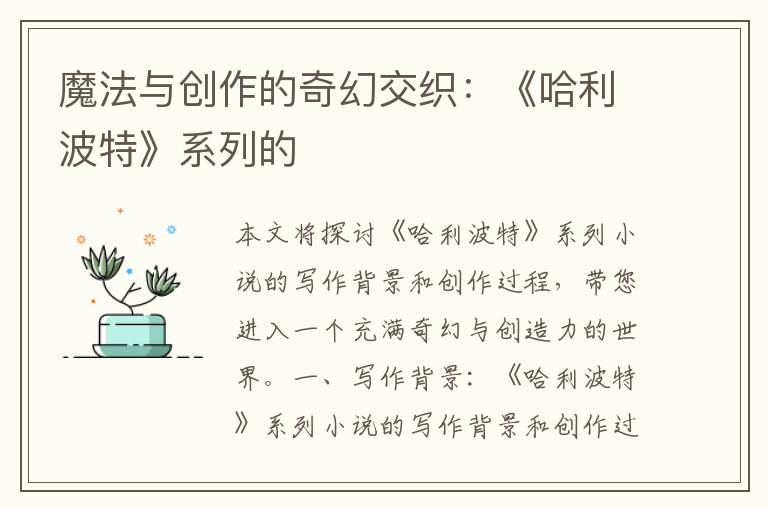第1806期閱讀理解附答案

The greatest recent social changes have been in the lives of women. During the twentieth century there has been a remarkable shortening of the proportion of a womans life spent in caring for the children. A woman marrying at the end of the nineteenth century would probably have been in her middle twenties ? and would be likely to have seven or eight children, of whom four or five lived till they were five years old. By the time the youngest was fifteen, the mother would have been in her early fifties and would expect to live a further twenty years, during which custom, opportunity and health made it unusual for her to get paid work. Today women marry younger and have fewer children. Usually a womans youngest child will be fifteen when she is forty-five years and is likely to take paid work until retirement at sixty. Even while she has the care of children, her work is lightened by household appliances and convenience foods.
This important change in womens life-pattern has only recently begun to have its full effect on womens economic position. Even a few years ago most girls left school at the first opportunity, and most of them took a full-time job. However, when they married, they usually left work at once and never returned to it. Today the school leaving age is sixteen, many girls stay at school after that age, and though women tend to marry younger, more married women stay at work at least until shortly before their first child is born. Very many more afterwards return to full-or-part-time work. Such changes have led to a new relationship in marriage, with the husband accepting a greater share of the duties and satisfactions of family life, and with both husband and wife sharing more equally in providing the money, and running the home, according to the abilities and interests of each of them.
1. According to the passage, it is now quite usual for women to_______.
A. stay at home after leaving school
B. marry men younger than themselves
C. start working again later in life
D. marry while still at school
2. We are told that in an average family about 1900_______.
A. many children died before they lived to more than five
B. seven or eight children lived to be more than five
C. the youngest child would be fifteen
D. four or five children died when they were five
3. Many girls, the passage claims, are now likely to_______.
A. give up their jobs for good after they are married
B. leave school as soon as they can
C. marry so that they can get a job
D. continue working until they are going to have a baby
4. One reason why a woman today may take a job is that she_______.
A. is younger when her children are old enough to look after .themselves
B. does not like children herself
C. need not worry about food for her children
D. can retire from family responsibilities when she reaches sixty
5. Nowadays, a husband tends to_______.
A. play a greater part in looking after the children
B. help his wife by doing much of the housework
C. feel dissatisfied with his role in the family
D. take a part-time job so that he can help in the home
答案:
1. C 2. A 3. D 4. A 5. B
The greatest recent social changes have been in the lives of women. During the twentieth century there has been a remarkable shortening of the proportion of a womans life spent in caring for the children. A woman marrying at the end of the nineteenth century would probably have been in her middle twenties ? and would be likely to have seven or eight children, of whom four or five lived till they were five years old. By the time the youngest was fifteen, the mother would have been in her early fifties and would expect to live a further twenty years, during which custom, opportunity and health made it unusual for her to get paid work. Today women marry younger and have fewer children. Usually a womans youngest child will be fifteen when she is forty-five years and is likely to take paid work until retirement at sixty. Even while she has the care of children, her work is lightened by household appliances and convenience foods.
This important change in womens life-pattern has only recently begun to have its full effect on womens economic position. Even a few years ago most girls left school at the first opportunity, and most of them took a full-time job. However, when they married, they usually left work at once and never returned to it. Today the school leaving age is sixteen, many girls stay at school after that age, and though women tend to marry younger, more married women stay at work at least until shortly before their first child is born. Very many more afterwards return to full-or-part-time work. Such changes have led to a new relationship in marriage, with the husband accepting a greater share of the duties and satisfactions of family life, and with both husband and wife sharing more equally in providing the money, and running the home, according to the abilities and interests of each of them.
1. According to the passage, it is now quite usual for women to_______.
A. stay at home after leaving school
B. marry men younger than themselves
C. start working again later in life
D. marry while still at school
2. We are told that in an average family about 1900_______.
A. many children died before they lived to more than five
B. seven or eight children lived to be more than five
C. the youngest child would be fifteen
D. four or five children died when they were five
3. Many girls, the passage claims, are now likely to_______.
A. give up their jobs for good after they are married
B. leave school as soon as they can
C. marry so that they can get a job
D. continue working until they are going to have a baby
4. One reason why a woman today may take a job is that she_______.
A. is younger when her children are old enough to look after .themselves
B. does not like children herself
C. need not worry about food for her children
D. can retire from family responsibilities when she reaches sixty
5. Nowadays, a husband tends to_______.
A. play a greater part in looking after the children
B. help his wife by doing much of the housework
C. feel dissatisfied with his role in the family
D. take a part-time job so that he can help in the home
答案:
1. C 2. A 3. D 4. A 5. B









